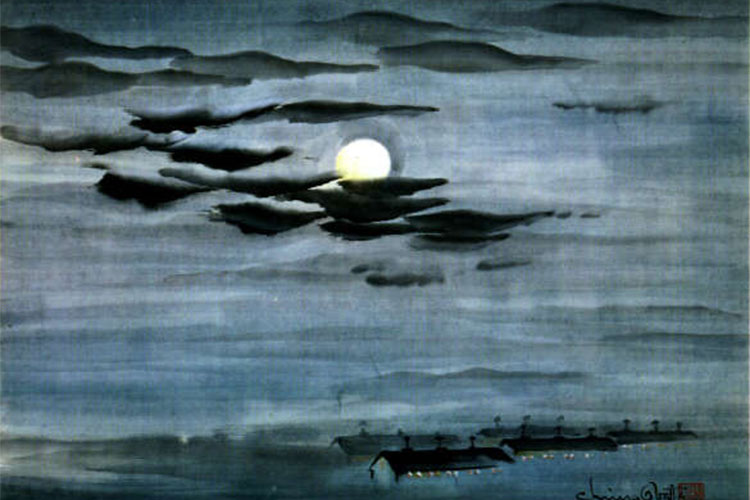Chiura Obata: The beauty of bleakness
UC Berkeley art professor Chiura Obata's years imprisoned in in California's desert during World War II brought a desolate beauty to his work.

March 16, 2016
When UC Berkeley art professor Chiura Obata was imprisoned in California’s desert as a Japanese American during World War II, his life was deeply disrupted. But the experience had a silver lining for his artwork. As he said later: “If I hadn’t gone to that kind of place, I wouldn’t have realized the beauty that exists in that enormous bleakness.”

Chiura Obata, “Topaz War Relocation Center by Moonlight,” ca 1943
Best known for his landscapes of the Sierra, Obata infused his paintings with visual and emotional power. This year, several of his paintings of the internment are being added to the collection at the Smithsonian’s National Museum of American History, according to a new story about Obata by Cirrus Wood in California Magazine.
Along with other artists and musicians in the camp, Obata taught those around him and served as a documentarian of their common experience, writes Wood.
The power of his images remains today. Some are on display in the Oakland Museum of California.
Read Obata’s story and view more of his work in California Magazine.